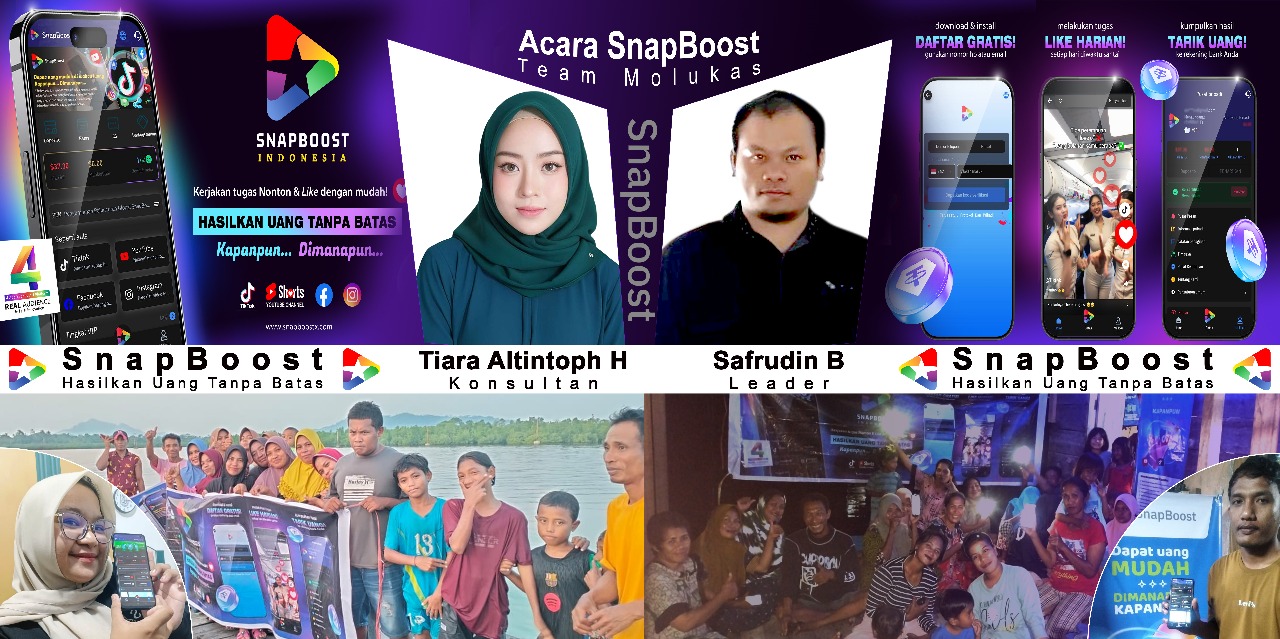How AI Can Unlock the Voice of the Customer
Martin with Qualtrics said advances in AI and conversational analytics technology enable companies to uncover insights from “all kinds of unstructured feedback” that customers share, such as social media posts and online reviews. CX pros then use AI sentiment analysis to “understand the emotional tone of customer comments,” said Monica Ho, CMO for San Diego-based SOCi, a marketing platform for multilocation brands. For customer surveys, companies apply natural language processing (NLP) to categorize and extract insights from questions and identify trends, said Gabe Larsen, CMO for the Short Hills, New Jersey-based CRM platform Kustomer. For a culture to be genuinely customer-centric, the focus on the customer must permeate all levels of the organization. Leadership plays a big role in this, with actions and behaviors aligned with customer experience strategies. Employee engagement is also closely linked to customer engagement — highly engaged employees are key to outperforming competitors and creating positive customer interactions.
Understand, Serve, Listen: Building Your House of the Customer
Productboard Pulse’s VoC reports give product teams a clear understanding of customer needs, streamlining product discovery and delivery so product leaders can deliver the right solution the first time. This reduces the need for costly iterations, accelerates customer satisfaction, minimizes the risk of low product adoption, and frees product teams to quickly progress to their next high-impact initiative. In today’s data-driven world, even the most advanced enterprises struggle to unlock the full value of their customer feedback. The flood of data from countless channels can bury critical insights, leading to misaligned product strategies and missed opportunities within competitive markets. In the past, some of the most popular ways of capturing feedback from customers were through primary research activities such as targeted surveys and focus group discussions. In general, these methods have proved to be difficult to scale in today’s digital world where there are multiple new-age channels of interaction and touchpoints.
Testimonies Across Industries: Witnessing VOC AI’s Impact
“AI will allow brands to tap into the untouched goldmine of VoC data floating around in unstructured sources,” Martin said. While the use of AI and machine learning in VoC programs have grown by leaps and bounds in the last seven years, there are a lot more exciting changes to expect on the horizon. Looking at purchase data, they would find that people who return things are more inclined to purchase more, so helping expedite this process would lead to more sales.
Launching a Customer Advisory Board: Top 10 Questions to Ask
- According to Maxie, there are some current challenges to be overcome until AI and machine learning can fully work their way into VoC product development efforts.
- ‘Customer centricity’ and ‘customer obsession’ are two fundamental principles that almost any enterprise has to live by in order to be successful in today’s increasingly competitive market.
- Obafemi with EY said CX pros are relying on AI in customer experience to track and analyze historical customer data, interactions, and transaction patterns across multiple customer touch points.
- Cognitive biases can have a tremendous impact on how much of what a user tells about their user experience is actually rooted in objective truth vs. individual (mis-)perception.
Technological advances over the past few decades and the advent of artificial intelligence (AI) specifically have brought new possibilities to the table. CX teams are combining linguistic-based NLP, multi-channel data analytics and predictive analytics to categorize feedback, extract insights, and enhance customer feedback dashboards, identifying areas of improvement and customer preferences, according to Obafemi with EY. Today the CMSWire community consists of over 5 million influential customer experience, customer service and digital experience leaders, the majority of whom are based in North America and employed by medium to large organizations.
Voice of the Customer/AI Challenges
- Another advance to look out for, according to Maxie, is a chat-bot interface for the business data user.
- Some of the key task-specific algorithms can be seen in areas such as theme detection, text summarization, sentiment analysis, intent determination, and emotion classification.
- We’re all familiar with interactive voice technology — press 1 for English, press 2 for Spanish.
Ziv with Verint stressed that with siloed unstructured data, it’s important for companies to use APIs to efficiently move data and “join it to other data sources within the CX environment and outside it,” with AI being used to unify the data. “Conversational feedback provides a dynamic, human-like way to probe customers for answers,” Martin said. Chris tells us we need to ask ourselves three questions when it comes to data collection and analysis. According to Maxie, there are some current challenges to be overcome until AI and machine learning can fully work their way into VoC product development efforts. Supply chain issues were par for the course in 2022 — and look poised to remain in 2023 — with shortages of semiconductors, aluminum, eggs, even workers.
The Takeaway: Listening to Customers Leads to Better Insights
It’s about continuous improvement, measuring how products and services perform and how they resonate across channels. Obafemi with EY said CX pros are relying on AI in customer experience to track and analyze historical customer data, interactions, and transaction patterns across multiple customer touch points. But with the right amount of set up and human support, machine learning and AI can have significant benefits in the here and now, as well as into the not-to-distant future. Maxie tells us that machine learning can make CMS systems better, like for forming and updating taxonomies. It can allow your company to predict customer experience scores without talking to customers and to use data to train models to help tailor the customer experience at any point in the journey.
AI in VoC Analytics
All this data is stored in usable formats through multiple stages of Extract-Transform-Load (ETL) processes. This data is typically retained in an enterprise data lake (EDL), which is a central repository for all structured and unstructured data within an enterprise. Technological advances powered by AI have made it possible to log and store all these types of customer interactions for further analysis. Some of the key technological advancements which have enabled this include real-time voice-to-text transcription and the creation of enterprise data lakes for storing both structured and unstructured data.
Social listening enables brands to obtain feedback from not only their own social presence but also their customers’ social media profile pages. Unlike surveys or interviews where customers may feel pressured to provide positive feedback, social media is a place where users feel free to post their genuine beliefs, likes and dislikes, and they are not afraid if their views are seen as negative. This allows brands to obtain actionable insights that will enable them to eliminate pain points in the customer journey, fix problems with their products or services or add new features that customers want to see.





























Komentar